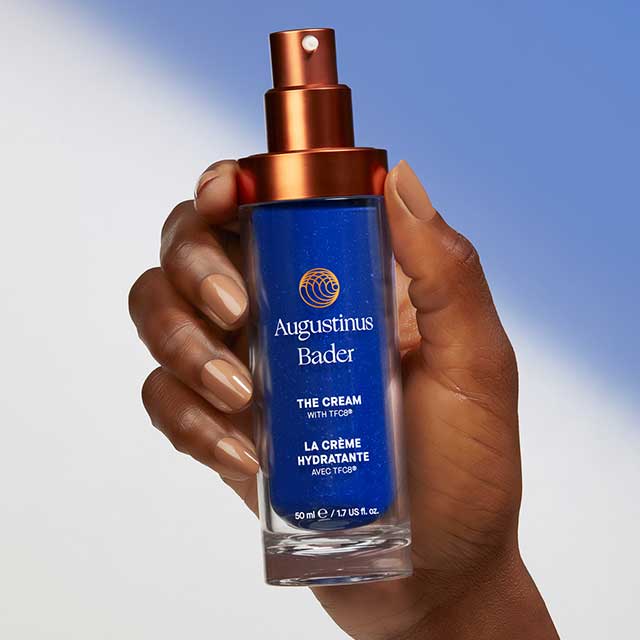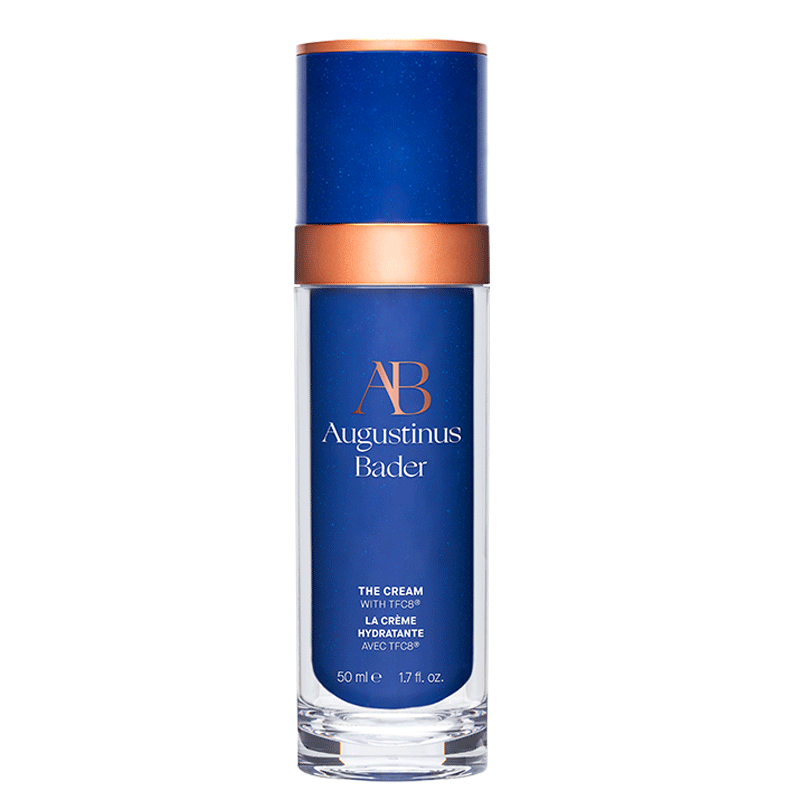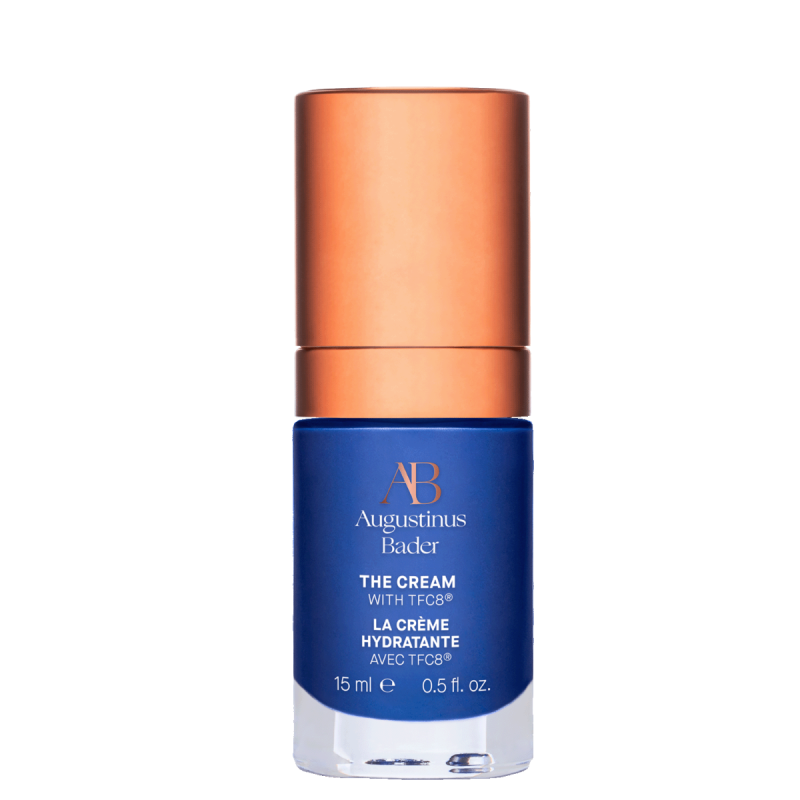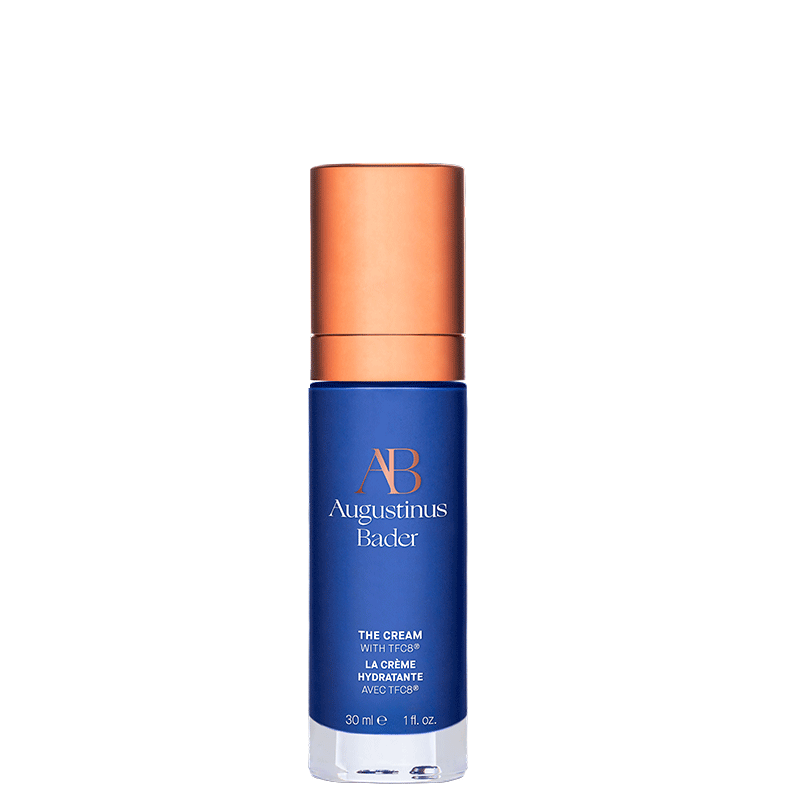Augustinus Bader Contributor and award-winning medical and cosmetic doctor, Dr. Ewoma, takes over the Bader Journal each week to answer some of your most commonly asked questions on application, ingredients, and skin concerns. This week, Dr. Ewoma explains the causes of pigmentation and the easiest ways to manage it.
What is pigmentation?
The term ‘pigmentation’ simply means ‘excess pigment’ and refers to a hugely common skin condition which results in patches of darker skin caused by excess melanin. ‘Pigmentation’ is an overarching term that can be used to describe its various forms, however there are three main types of hyperpigmentation which help us differentiate and understand the underlying causes.
3 types of pigmentation
Post-inflammatory pigmentation
Post-inflammatory pigmentation refers to the darker spots that occur after trauma or injury to the skin, for example after an eczema flare up or breakout, and isn’t permanent but may last for up to several weeks or months. It appears in the form of redness in paler skin and brown patches on darker skin and, while it fades over time, the process can be sped up with the use of skincare actives.

For this kind of hyperpigmentation; look for ingredients such as vitamin C, kojic acid, azelaic acid, arbutin and retinol. These actives work to interrupt the melanin producing pathway responsible for creating dark spots while the antioxidants help keep free radicals at bay. It’s important to introduce products into your skincare routine that will help skin cells return to their optimum healthy function to ensure pigment isn’t being overproduced. It is also essential to regularly wear SPF, even in winter, as this will prevent pigmentation from worsening and will improve the health of the skin.
The Cream, formulated with vitamin C and retinyl palmitate (a derivative of retinol), ensures pigment isn’t being overproduced by assisting skin cells to return to their optimum healthy function. It also utilises Vitamin E which helps to diminish the appearance of dark spots, while it’s antioxidant properties protect against free-radical damage.
Sun-induced pigmentation (age spots)
Sun-induced pigmentation occurs as a result of sun exposure. While we all know exposure to the sun can lead to wrinkles and premature ageing, over time it can also cause redness and pigmentation of the skin. Often known as 'age spots', this kind usually shows up as faint hyperpigmentation on the arms, face and chest from overexposure to the sun, and tends to worsen as you get older.
Melasma
Melasma is a form of hyperpigmentation caused by hormonal changes and is in turn, most commonly seen in women. The way in which melasma is triggered by hormonal influences is what makes it so hard to treat.
In the same way some people are predisposed to skin conditions like acne, others are predisposed to developing pigmentation. Melasma is symmetrical in appearance and appears in tan/brown patches on the forehead, cheeks and upper lip, without any itching, burning or spots.
Research has shown that an increase in oestrogen levels can act as a trigger for melasma so often tends to present in females on birth control or in pregnancy. For this reason it’s less common in men and tends to affect women with darker skin tones. Exposure to sunlight and heat can also exacerbate melasma so it’s not uncommon for it to worsen in summer months.
Pigmentation caused by melasma typically requires prescription-strength products, such as tretinoin and hydroquinone, to keep it under control. While it's impossible to completely get rid of melasma, it's appearance can be significantly minimized with the right skincare. As well as more prescriptive products, professional treatments such as laser and chemical peels will be very useful in reducing the appearance of pigmentation. Also, it may be worthwhile addressing the underlying cause of the oestrogen imbalance with your doctor.
While there is unfortunately no definitive ‘cure’ as such for pigmentation, adopting a multi-faceted approach to your treatment will provide genuinely great results. Combining medical procedures with effective, active skincare will hugely improve pigmentation, leaving your complexion evened and brightened.
Have a question or concern you'd like Dr. Ewoma to address? Head to our Instagram and let us know in the comments.





